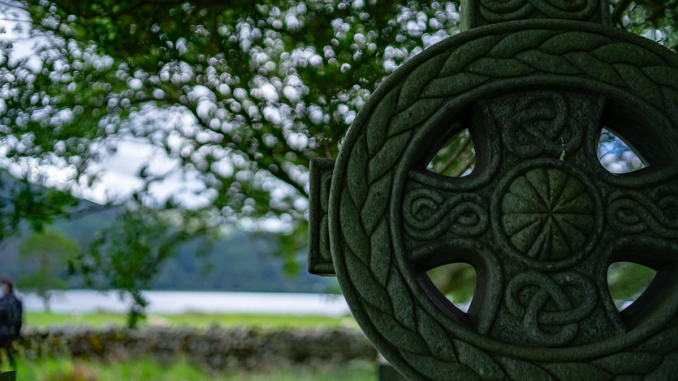
Have you heard of Celtic Hemp?
In a recently published paper in Cannabis and Cannabinoid Research, Dr. John M. McPartland and Saoirse E. O’Sullivan trace hemp’s prehistoric journey from Asia to Hibernia – now modern-day Ireland. Like much of Europe, cannabis arrived in Ireland when written records were scarce.
The authors rely on archeological, linguistic, and pollen analyses as they document the migration of cannabis across Europe. Ancient pollen, extracted from mud, contains signals from cannabis’s past. Seeds from crops and rare archeological artifacts provide additional clues attesting to hemp’s intimate relationship with humankind.
Thousands of years ago, the medicinal properties of cannabis were remarked in ancient texts. At this time, humans living closer to the plant’s area of origin on the Tibetan plateau relied on fibers from cannabis stalks for textiles. By 400 BCE, humans left evidence of cannabis where Celtic culture is thought to have originated.
The Birthplace of Celtic Culture
People of the Yamnaya culture, encompassing modern Ukraine, utilized cannabis crops earlier than the Celtic culture that emerged in Europe during the Iron Age (1200-550 BC). Cannabis fibers and water-logged seeds first appeared in Hallstatt, a region near modern Austria, which is considered the birthplace of the Celtic peoples.
But the words used for cannabis and hemp were all borrowed from another culture. The lack of an ancestorial word for hemp or cannabis in Proto-Celtic implies that the inhabitants of Halsttatt spoke a language unrelated to early precursors of the Celtic lexicon.
The Celtic people did not record their earliest history. Druids, religious figures in the Celtic political system, instead memorized large volumes of oral history.
The Roman Conquest
By the first century BC, when Romans had conquered much of Europe, Celtic peoples settled in parts of France, Spain, and Ireland. Peoples of Brittany in France spoke Old Breton, which included the word coarch to describe hemp fiber. Iunobrus, a Breton Monk, used the word canap to describe cannabis in 848 AD, borrowing the word from Roman Latin. (The Romans, in turn, had borrowed the Latin phrase from the Greek kannabis, which the Greeks got from the Scythians.) Words describing “hemp” or “cannabis” eventually became part of the Middle Irish tongue.
McPartland and O’Sullivan note that Roman-British missionaries brought cannabis to the Galleic Celts in Hibernia. The onset of hemp cultivation in Hibernia correlated chronologically (and proximally) with the founding of Romano-British monasteries.
The people of Hibernia wrote with the Celtic Tree Alphabet, known formally as Ogham. They carved symbols in a vertical line, indicating letters in a word. Around 400 Ogham examples remain throughout Ireland, which are mostly carved into stone monuments.
The full scholarly report on the origins of cannabis in Ireland by John M. McPartland and Saoirse E O’Sullivan can be accessed here.
Travis Cesarone is a freelance writer and communicator focusing on medical cannabis sciences.. Copyright, Project CBD. May not be reprinted without permission.
Reference
McPartland, J. M., & O’Sullivan, S. E. (2023). Origins of Cannabis sativa in Ireland and the Concept of Celtic Hemp: An Interdisciplinary Review. Cannabis and cannabinoid research, 0.1089/can.2022.0263.



Be the first to comment